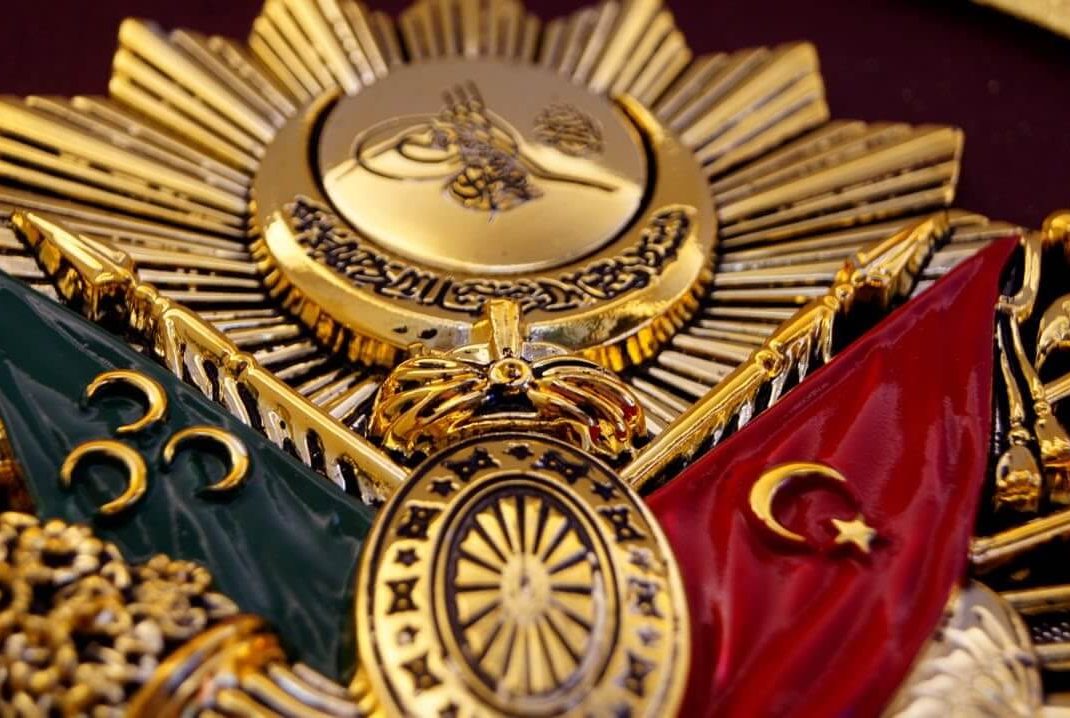THE EARLY YEARS
The Beylik Period, which began after Selçuk centralized power collapsed in 1335, featured fragmented politics and competing fiefdoms (beylik). In the free for all land grab that followed the disintegrating Sultanate of Rum, a minor chieftain named Osman claimed the northwest corner near’ Bursa in 1326 and expelled the Byzantines. Though the Selçuk empire was rapidly drawing to a close, it laid the foundations for one of the greatest empires in the history of civilization: the Osmanli, or Ottoman Empire.
Osman’s descendents established their first capital at Bursa (You can see the capital of Ottoman Empire in Bursa tour from Istanbul.) and began to expand rapidly through Thrace and the Balkans. The conquest of Greek Adrianople (modern Edirne) in 1361 presaged wholesale conquest of Serbia (1389) and other Balkan states, as Ottoman armies relentlessly encircled the increasingly isolated city of Constantinople. It was after the conquest of Adrianople that Murad I (1359-1389) created the Janissaries (from yeni çeri, “new army’), the first standing army in Europe. Christian boys from the Balkans were conscripted under the devşirme system, converted to Islam, and educated. Many advanced to the highest ranks of the military bureaucracy, including the architect Sinan and many Grand Viziers.
After the defeat of yet another set of French and Hungarian Crusaders at the Battle of Nicopolis in 1396, Ottoman expansion was temporarily halted by the meteoric rise of the Tartar warrior Tamerlane in the east in 1402. Tamerlane captured Sultan Beyazıt II at Ankara hi 1402.
Pilling the vacuum left by Beyazit’s defeat
Mehmet the Conqueror completed the empire with his conquest of Constantinople in 1453. lrirst, he murdered all of his brothers to eliminate rivals; then he built his own castle on the Bosphorus overlooking the defiant city. His army outnumbered the Byzantine defenders by ten to one. When the 54-day siege ended, so did the Byzantine Empire. Mehmet converted the Hagia Sophia basilica into a mosque and renamed the city İstanbul.
The early territories of the Ottoman Empire included modern day Greece, Cyprus, and the Balkans as far as Belgrade. Post Mehmet, the Ottoman armies of Selim I (1512-1520) conquered Syria, Palestine, Egypt, and Arabia. In a single military campaign, the Ottoman Sultan became the guardian of Islam’s three holiest cities: Mecca, Medina, and Jerusalem.
Non-Muslims in the empire were generally left to practice Sultan Selim I nabs their religions freely. Many of the empire’s minorities, including Greeks and Jews, were peacefully incorporated into Ottoman society, and most fared better under Muslim authority than they had under the crusading Franks and the Spanish Monarchs. Expansion was characterized by retaining defeated Christian princes as vassals in exchange for loyalty and the absorption of their military. Aside from the occasional ruthless suppression of rebellions, the early days of the Ottoman Empire brought relative peace and prosperity to most.
The sheer size of the Ottoman Empire made central government virtually impossible. Instead, the Porte (as the Ottoman government was known) retained only limited contact with satellite provinces through tax collection and military conscription. Such autonomy among the diverse Ottoman states would ultimately contribute to the decline of the empire.



Leave a Reply